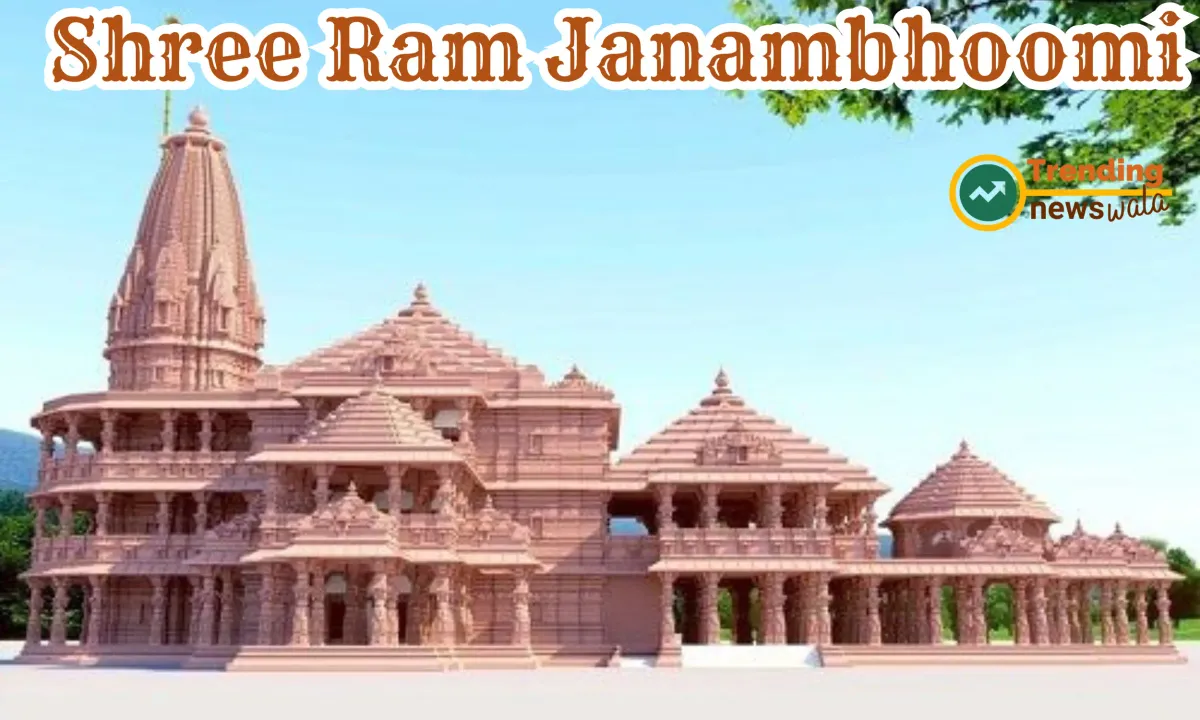Shree Ram Janambhoomi

India, a land where history, culture, and spirituality intertwine, holds many sacred sites that resonate with the beliefs of millions. Among these, Shree Ram Janmabhoomi holds a special place as the birthplace of Lord Rama, a revered figure in Hinduism. This article delves into the significance, historical background, and the journey of Shree Ram Janmabhoomi as a symbol of faith and cultural heritage.
Historical Significance:
Shree Ram Janmabhoomi, located in Ayodhya, Uttar Pradesh, is believed to be the birthplace of Lord Rama, the seventh avatar of Lord Vishnu. The significance of this site is deeply embedded in the ancient Indian epic, the Ramayana, which narrates the life and adventures of Lord Rama. According to tradition, Ayodhya is the capital city of the ancient kingdom of Kosala, where Lord Rama was born to King Dasharatha and Queen Kaushalya.
The Ramayana and Lord Rama:
The Ramayana, attributed to the sage Valmiki, chronicles the life of Lord Rama, his exile, the kidnapping of his wife Sita by the demon king Ravana, and the eventual triumph of good over evil. The narrative has not only been a source of spiritual guidance but has also left an indelible mark on Indian art, literature, and culture.
Controversies and Faith:
The site gained prominence in modern times due to a historical and political controversy surrounding the Babri Masjid, which stood at the same location. The dispute led to a prolonged legal battle that concluded with a landmark judgment by the Supreme Court of India in November 2019, allowing the construction of a Ram Temple at the site.
The Ayodhya Verdict:
The Supreme Court's verdict marked a significant moment in India's history, aiming to bring closure to a contentious issue. The judgment acknowledged the historical and religious significance of the site, emphasizing the need for unity and communal harmony.
The Ram Temple Project:
Following the verdict, the Shree Ram Janmabhoomi Teerth Kshetra Trust was established to oversee the construction of the Ram Temple. The temple's design reflects a blend of architectural styles, incorporating traditional Indian elements. Devotees and well-wishers from around the world have contributed to the construction, making it a collective endeavor.
Symbol of Faith and Unity:
Shree Ram Janmabhoomi has become a symbol of faith, unity, and cultural pride. The construction of the Ram Temple is seen as a historic moment that transcends religious boundaries, fostering a sense of unity and shared heritage among people of diverse backgrounds.
Pilgrimage and Devotion:
The site continues to attract devotees and pilgrims who seek to witness the transformation and pay homage to Lord Rama. The pilgrimage to Shree Ram Janmabhoomi is not just a religious journey but a cultural and spiritual experience that connects people to their roots.
Conclusion:
Shree Ram Janmabhoomi stands as a testament to the enduring power of faith and the deep cultural roots that define India. The construction of the Ram Temple is not merely a physical structure but a reflection of the shared heritage that unites millions. As this sacred site evolves, it continues to inspire reverence, fostering a sense of unity and harmony among those who make the pilgrimage to Ayodhya, seeking a connection with the divine and the rich tapestry of Indian civilization.





